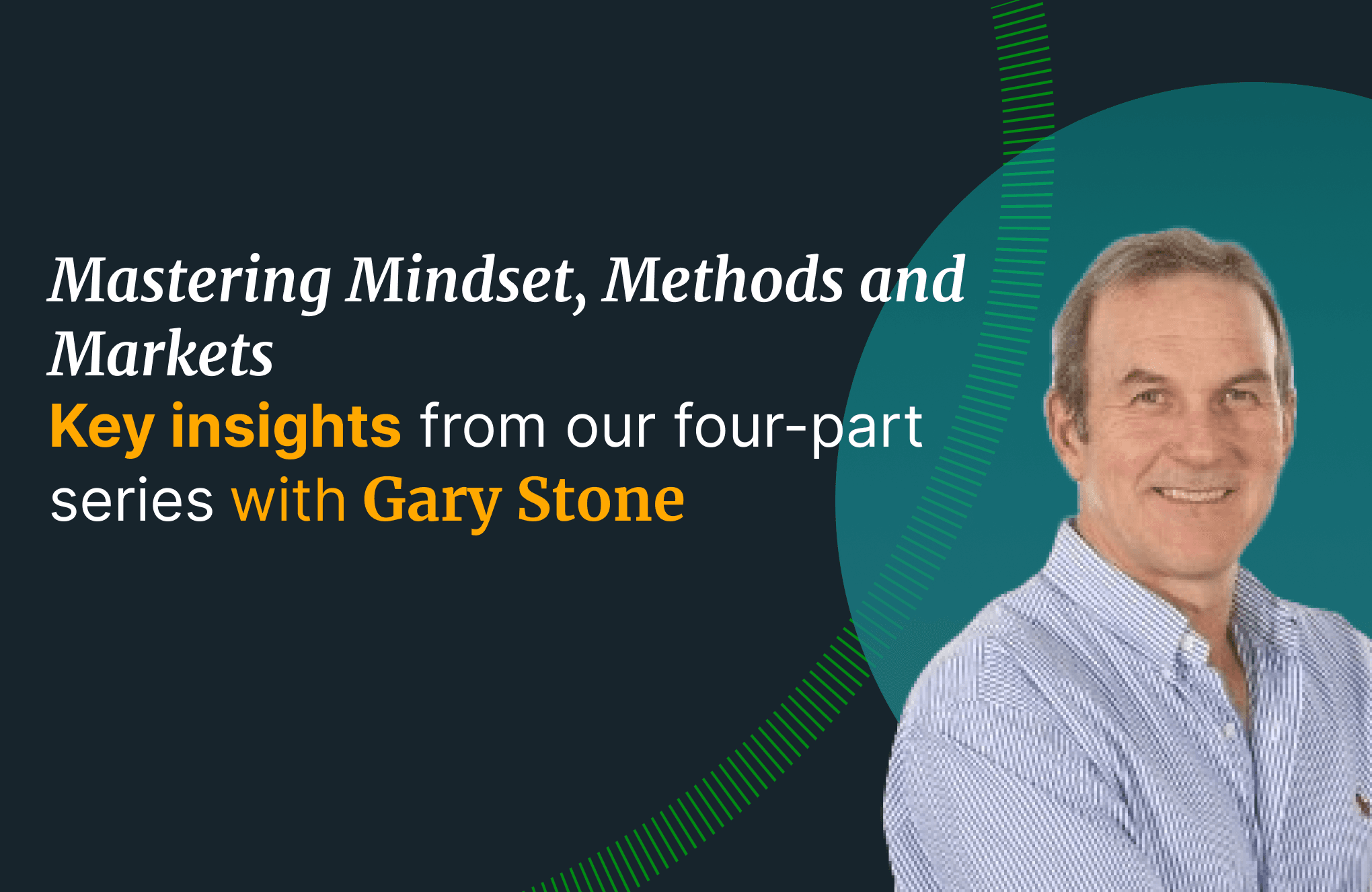Gold Investing in Australia: ETFs, Mining Stocks, and Portfolio Strategies – 2025 Outlook
Selfwealth
Key takeaways
Gold prices have surged in 2025, supported by central bank buying, expectations of Fed rate cuts, and global uncertainty.
For Australian investors, gold can provide diversification, inflation hedging, and a safe-haven asset during periods of market volatility.
Investors can access gold through ETFs, mining shares, physical holdings, and futures products.
Gold has historically played a complementary role within diversified portfolios, with measured allocations often associated with reduced portfolio volatility.
Why Gold Matters for Investors
Gold has long held a place in investors’ portfolios as a hedge against uncertainty. Unlike equities or bonds, gold is a non-yielding asset, but its strength lies in its historical role as:
An inflation and recession hedge – gold has often performed well during periods of high inflation or recession.
A safe-haven asset – demand tends to rise during global crises, such as the COVID-19 pandemic or geopolitical conflicts.
A diversification tool – gold has a low correlation to major asset classes like equities and bonds, which can help reduce portfolio volatility.
A store of value – gold’s liquidity and enduring appeal can provide investors with protection when markets come under stress.
For Australian investors, gold also acts as a currency hedge. When the Australian dollar weakens, the local gold price usually rises, which can help preserve value during global downturns.
What’s Driving Gold in 2025
Gold has been one of the standout performers this year, delivering strong gains of around 40% year-on-year, with Q2 2025 averaging US$3,280/oz. Several key factors are behind gold’s strong rise:
Central bank demand: Countries including China, India, and Poland have been consistent buyers, building reserves to diversify away from the US dollar.
Expectations of lower interest rates: Weaker US jobs data and softer inflation readings have lifted forecasts of Fed rate cuts in the second half of 2025. Gold tends to perform well when real interest rates are low, as holding non-yielding assets becomes more attractive.
Geopolitical risks: Ongoing tensions, sanctions, and concerns over global economic fragmentation continue to drive safe-haven demand.
ETF inflows: Gold ETFs have recorded their strongest inflows since 2022, signalling institutional investors are re-entering the trade.
How Australians Can Invest in Gold
There are several pathways to add gold exposure to a portfolio. Each approach carries its own benefits and drawbacks.
1. ASX-listed Gold ETFs
For many investors, ETFs are the most straightforward way to access gold. These funds are listed on the ASX and aim to track the gold price, often by holding physical bullion on investors’ behalf. Because they trade like shares, they offer liquidity and ease of access without the costs and logistics of storing gold directly.
Some of the main ASX-listed gold ETFs include:
Global X Physical Gold (ASX: GOLD)
Perth Mint Gold (ASX: PMGOLD)
BetaShares Gold Bullion ETF – Currency Hedged (ASX: QAU)
2. Gold Mining Stocks
Investors can also gain exposure by buying shares in gold mining companies. These shares often move more than the gold price itself. For example, when gold prices rise, a miner’s revenue and profits may increase at a faster rate – but the reverse is also true when prices fall.
Some of the most prominent gold miners on the ASX include:
Northern Star Resources (ASX: NST)
Evolution Mining (ASX: EVN)
Newmont (ASX: NEM)
Unlike gold itself, mining companies carry business-specific risks. Their performance depends not only on the price of gold but also on factors such as production costs, operational efficiency, and exploration success. As a result, gold miners can underperform even when the gold price is rising.
3. Physical Gold
Bars, coins, and jewellery provide tangible exposure. This approach appeals to investors who want direct ownership.
Drawbacks include storage costs, insurance, and less liquidity compared to ETFs or listed securities.
4. Futures and Leveraged Products
Gold futures and leveraged ETFs allow investors to amplify exposure to gold. While this can magnify gains, it equally magnifies losses, making it a higher-risk option typically suited to experienced investors.
Risks and Considerations
Although the outlook for gold remains broadly positive, investors should be mindful of potential risks:
Price volatility: Gold can be unpredictable. After big gains, prices often pull back or stay flat for a period.
Interest rates: If inflation eases and bond yields rise, investors may prefer assets that pay income, which can make gold less attractive.
Growth trade-off: Gold does not produce dividends or interest. Holding too much could limit the long-term growth of a portfolio.
Gold in a Diversified Portfolio
Global studies have shown that including gold in a traditional 60/40 (equity/bond) portfolio can improve long-term risk-adjusted returns. Even modest allocations of 5–15% have historically reduced volatility without materially reducing returns.
For Australian investors – particularly SMSFs – gold can act as a stabiliser during downturns. Pairing gold with other uncorrelated assets, such as bonds or defensive sectors, can improve overall resilience.
Final Thoughts
Gold has been one of 2025’s stronger performing assets, supported by robust central bank demand, expectations of lower interest rates, and a challenging geopolitical backdrop.
For Australian investors, the most accessible entry points are ASX-listed ETFs and local mining shares, both of which offer liquidity and convenience without the challenges of holding physical bullion.
Historically, gold has played a role as a hedge and diversifier within portfolios. Studies suggest it may contribute to resilience during periods of heightened market uncertainty.
Important disclaimer: SelfWealth Pty Ltd ABN 52 154 324 428 (“Selfwealth”) (AFSL 421789). The information contained on this website is general in nature and does not take into account your personal situation. You should consider whether the information is appropriate to your needs, and where appropriate, seek professional advice from a financial adviser and/or accountant. Taxation, legal and other matters referred to on this website are of a general nature only and should not be relied upon in place of appropriate professional advice. You should obtain the relevant Product Disclosure Statement for any product mentioned and consider its contents before making any decision.





